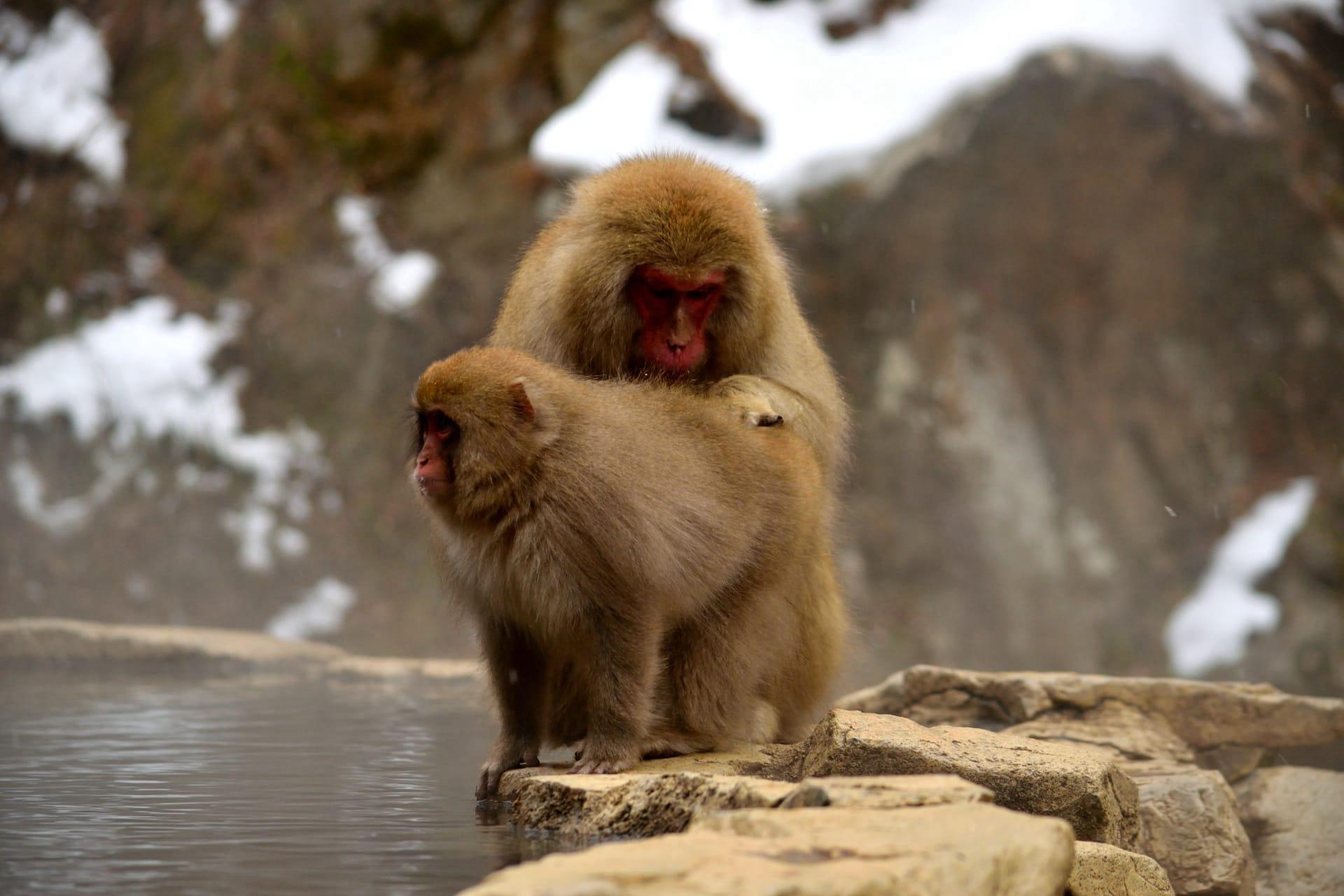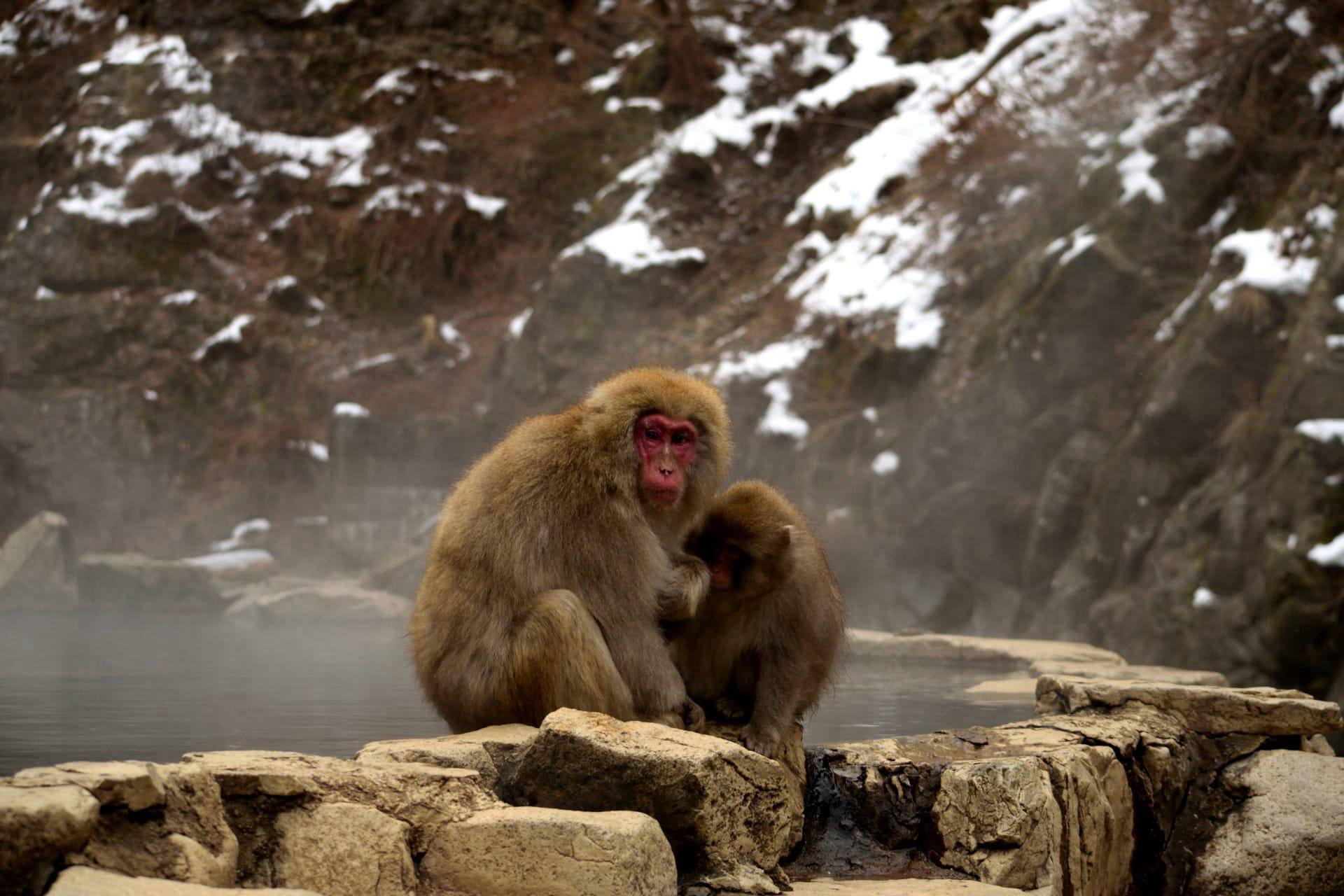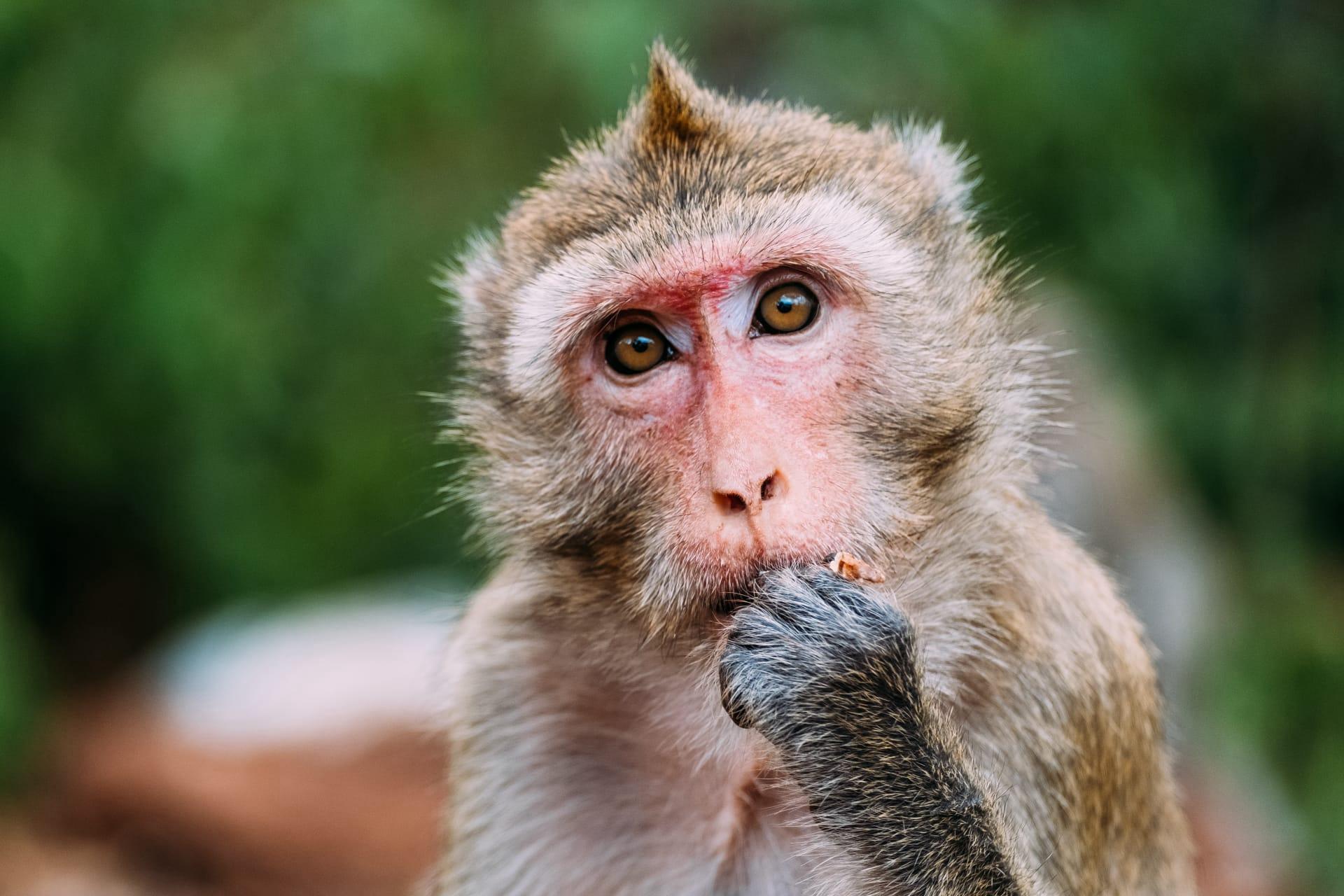Macaque Characteristics
- Home /
- Mini Encyclopedia /
- Animal /
- Macaque Characteristics
1
Macaques, a diverse group found in Asia, North Africa, and Gibraltar, exhibit a range of physical characteristics. Typically, they weigh between 5 to 15 kilograms, though some species, like the male Tibetan macaque, can reach up to 20 kilograms. Their body length varies from 40 to 70 centimeters, with a tail that can be either long, short, or even absent, depending on the species. Macaques have a lifespan that's quite impressive for their size. In the wild, they live for about 20 to 30 years, but in captivity, with proper care, they can live up to 40 years.
One of the most fascinating organs of macaques is their tail. While it might seem ordinary, the tail plays a crucial role in their survival. In species with long tails, like the Japanese macaque, it aids in balance, especially when navigating through trees or rocky terrain. For stump-tailed macaques, the short tail doesn't aid in balance but plays a role in communication within the group, contributing to their complex social structures.

2
Question: What do macaques eat?
Answer: Macaques have a highly adaptable diet, which is one of the keys to their survival in various environments. Primarily, they are omnivores. Their diet includes a wide range of foods - from fruits, leaves, flowers, and seeds to insects, small animals, and even shellfish. This varied diet is supplemented by their remarkable foraging skills. For instance, the Barbary macaque in North Africa is known for consuming over 50 different plant species, and the Japanese macaque includes sea algae and occasionally fish in its diet.

3
Macaques are known for their agility and versatility in movement. Most species are excellent climbers and leapers. Their strong limbs and dexterous hands enable them to maneuver through trees with ease. Some, like the Japanese macaque, are also capable swimmers. Their movements are not just for foraging and habitat navigation; they play a significant role in social interactions and escape from predators.
When it comes to hunting and foraging, macaques show remarkable adaptability. They use both the ground and the trees to search for food. Their keen sense of sight and smell aids them in locating various food sources. They are also known to use tools, like stones to crack open nuts or shells, showcasing their problem-solving abilities. Their hunting technique varies; while some may catch small animals or fish, others are adept at stealing food from human settlements, reflecting their opportunistic nature.

4
Macaques inhabit a wide range of environments, from tropical rainforests to mountainous regions and even urban areas. For instance, the rhesus macaque is found in diverse habitats including grasslands, woodlands, and arid areas, showing their adaptability. Some, like the snow monkeys of Japan, even thrive in snowy landscapes and are famous for bathing in hot springs.
Reproduction in macaques is as varied as their habitats. Generally, they have a breeding season, but this can differ based on their environment. Females usually give birth to one offspring after a gestation period of about 5 to 6 months. Macaques live in social groups, and their mating systems can be polygynous, monogamous, or even promiscuous, depending on the species. Maternal care is strong, with mothers often assisted by other females in the group, highlighting their complex social bonds.

5
Book: "The Barbary Macaque: A Case Study in Conservation" by John E. Fa. This book, published in the United Kingdom in 1984, focuses on the Barbary macaque, a unique species native to North Africa and Gibraltar. Fa provides an in-depth look at their social behavior, ecology, and the challenges in conserving this endangered species. The book is a blend of scientific research and conservation efforts, highlighting the importance of protecting these animals and their habitats.
Book: "Monkeys on the Edge: Ecology and Management of Long-Tailed Macaques and their Interface with Humans", edited by Michael D. Gumert, Agustín Fuentes, and Lisa Jones-Engel. Published in 2011, this book offers a comprehensive study of the long-tailed macaque, one of the most widespread and well-known macaque species in Asia. The authors examine the species' behavior, ecology, and the increasingly complex interactions between these monkeys and humans. The book provides insights into the challenges of managing human-macaque conflicts, especially in rapidly urbanizing areas.